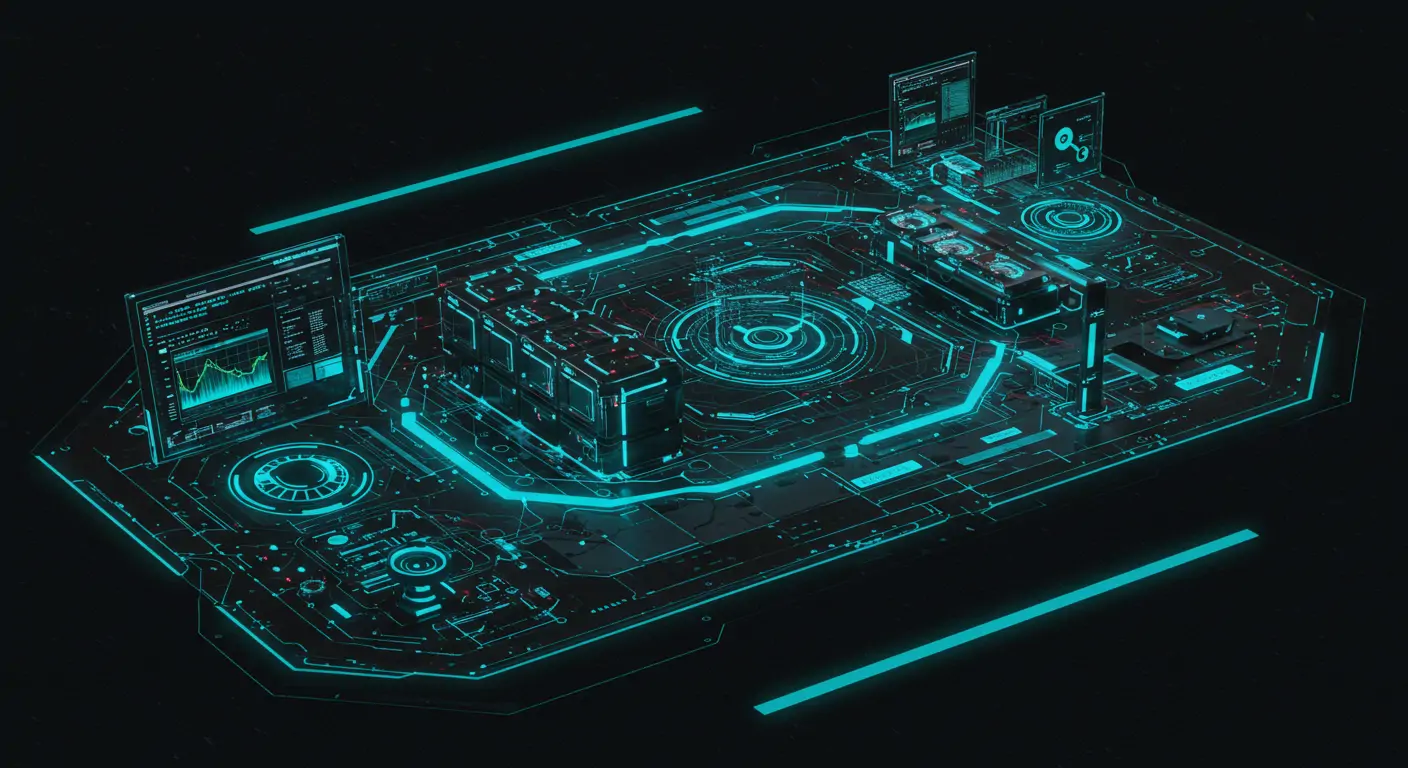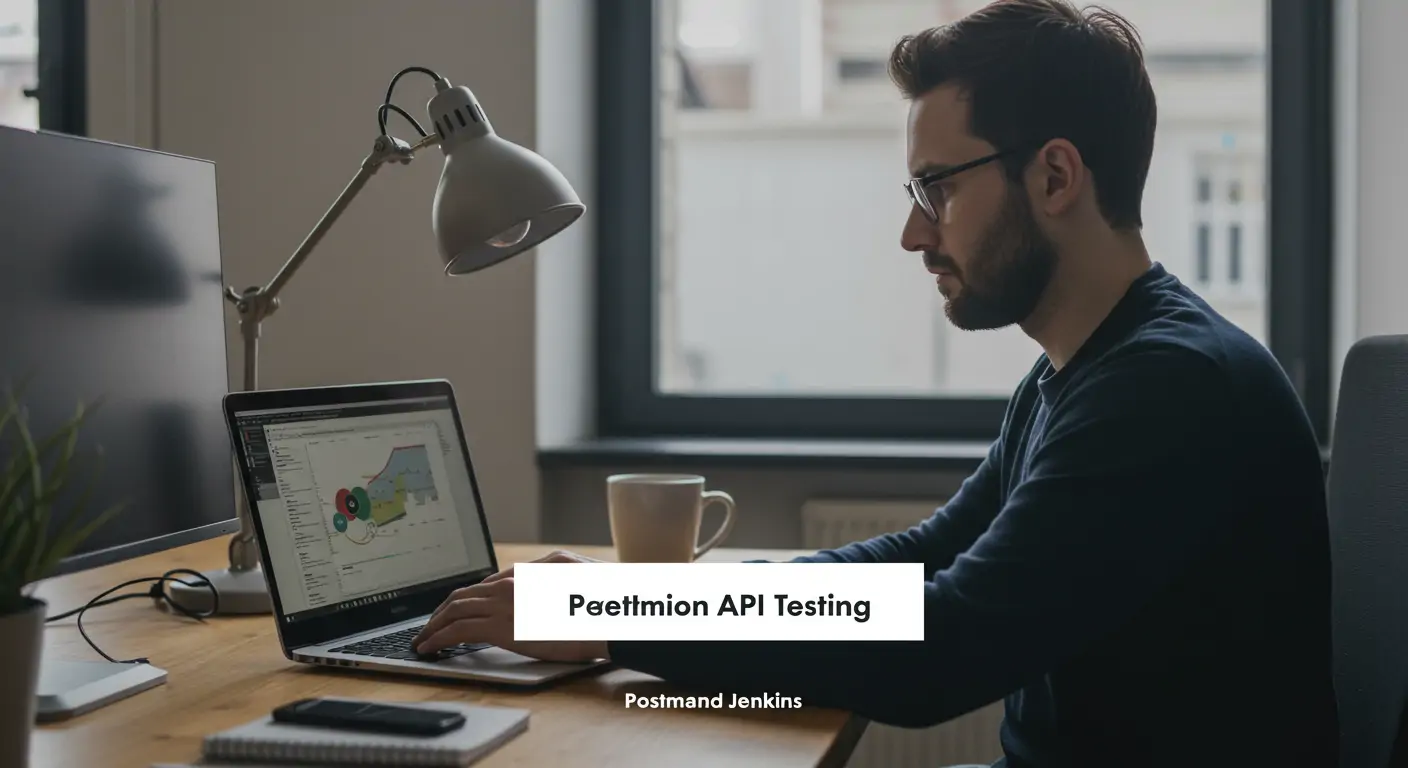The Problem Everyone Faces
Did you know that over 80% of enterprises struggle with real-time data processing? In 2025, businesses face the complex challenge of managing a deluge of data while ensuring seamless communication between microservices. Traditional monolithic architectures fail to scale efficiently, leading to bottlenecks and performance issues. The cost of not solving this problem can mean delayed responses and lost business opportunities.
Understanding Why This Happens
The root cause lies in the inherent limitations of synchronous communication. When services are tightly coupled, a failure in one can cascade, leading to system-wide outages. A common misconception is that simply adding more servers can solve this. However, without a decoupled system, you end up with increased latency and maintenance headaches.
The Complete Solution
Part 1: Setup/Foundation
First, ensure you have Java 17, Spring Boot 3.x, and Apache Kafka 3.x installed. You'll also need Docker for containerization.
Part 2: Core Implementation
Next, create a Spring Boot application. Set up Kafka topics and listeners:
Then, implement event producers:
Part 3: Optimization
To enhance performance, implement idempotency and ensure your consumers are stateless. Use Kafka's built-in features for message retention and compaction.
Testing & Validation
Verify the architecture by deploying test cases. Use JUnit for unit testing, ensuring all services respond to events correctly.
Troubleshooting Guide
Common issues include connectivity errors and configuration mismatches. Ensure your Kafka brokers are running and correctly configured. Check log files for serialization errors.
Real-World Applications
Businesses like online retailers use event-driven architectures to update inventory in real-time. Financial institutions process transactions asynchronously to ensure rapid response times.
FAQs
Q: How does Kafka ensure message ordering?
A: Kafka maintains order within a partition. For strict ordering, ensure all related messages are sent to the same partition.
Q: What is the role of Zookeeper in Kafka?
A: Zookeeper manages Kafka's metadata, including configurations and leader election, ensuring cluster reliability.
Q: Can Kafka handle large message sizes?
A: Yes, Kafka can handle large messages, but it's best to keep messages under 1MB for performance reasons. Consider breaking down larger messages.
Q: How do I scale Kafka consumers?
A: Increase the number of consumer instances. Kafka will automatically distribute partitions across available consumers in a group.
Q: How can I monitor Kafka performance?
A: Use tools like Prometheus and Grafana to monitor broker metrics, consumer lag, and topic throughput.
Key Takeaways & Next Steps
You've learned how to build a scalable event-driven architecture using Spring Cloud and Kafka. Next, explore Kafka Streams for real-time processing, dive into microservices communication patterns, and consider security best practices for Kafka.




